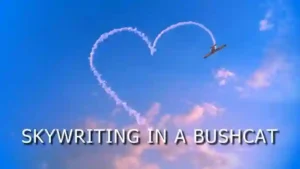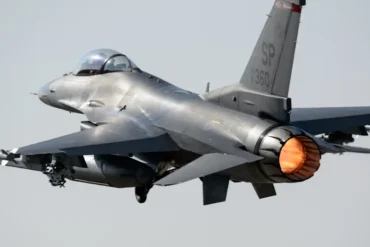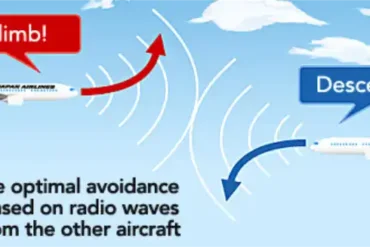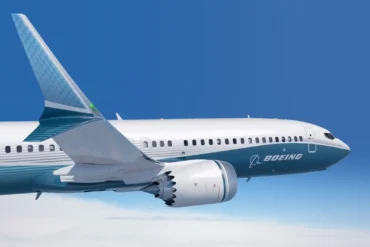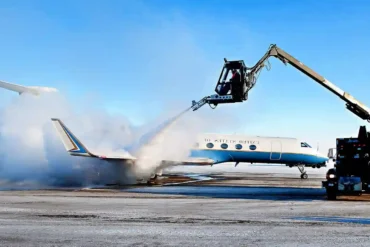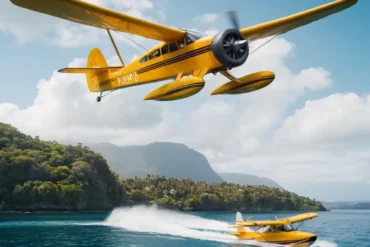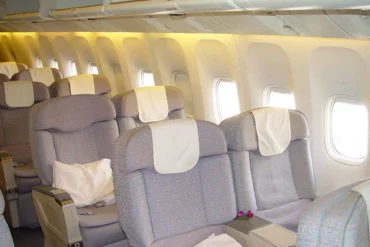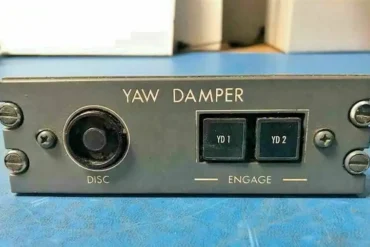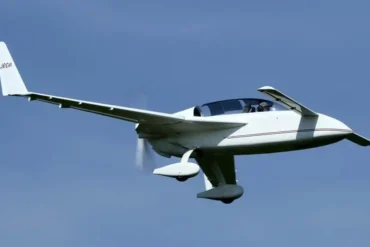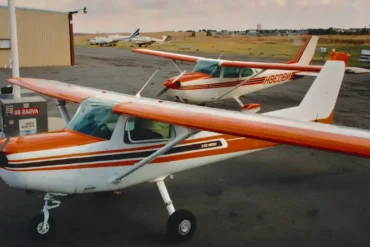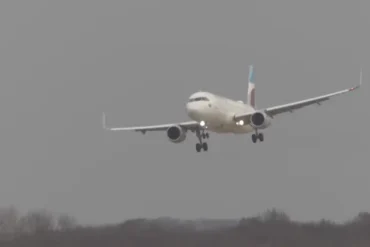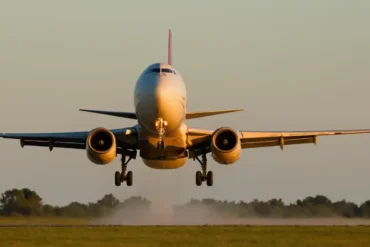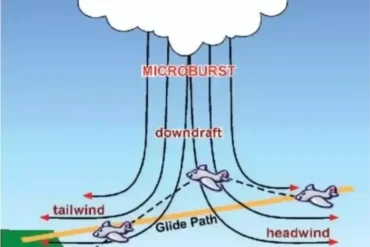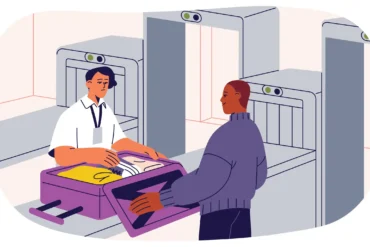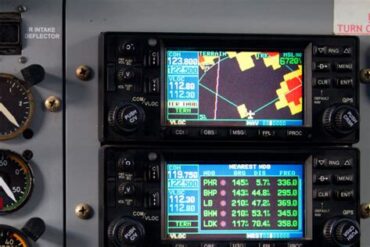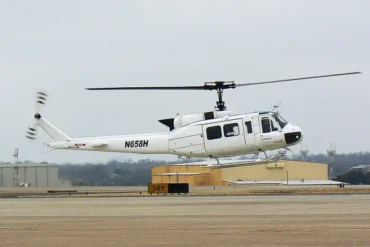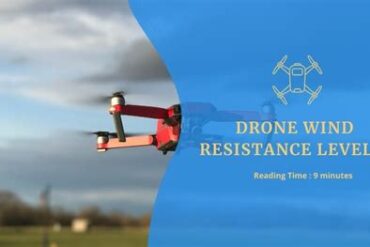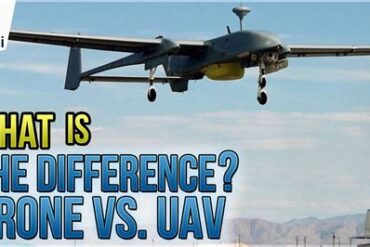Both practices involve deploying aircraft to inscribe words in the sky by releasing paraffin oil into the plane’s exhaust, creating distinct messages visible from below.
Have you ever lounged at the beach or attended an outdoor event, witnessing a plane crafting words in the sky? It’s quite mesmerizing, right? You find yourself trying to anticipate the message, eagerly awaiting the plane to complete its airborne artwork. In that moment, the advertiser successfully captures your attention for a more extended period compared to a fleeting glance at a billboard or a swift perusal of a newspaper page. The impact is likely to linger.
Enter Pepsi-Cola Corporation, a pioneer in leveraging skywriting for advertising. Andy Stinis, one of the pioneering skywriters, took to the skies for Pepsi-Cola from 1931 to 1953.
the Art of Skywriting and Skytyping
Skywriting involves a solo plane crafting messages, typically up to six characters. A skilled pilot, sometimes executing daring maneuvers even upside down, decides when to release smoke for forming letters. For longer messages (up to thirty characters), a squadron of five to seven planes collaborates, ensuring the entire message is visible simultaneously.
Skytyping, on the other hand, employs a technique where smoke is emitted in a series of bursts resembling dots. A computer generates the master plan, and electronic signals precisely control the smoke output, resulting in a blurred effect that achieves the desired visual impact.
Night skywriting takes a different approach, utilizing searchlights or lasers on the ground to project images onto clouds, also known as cloud writing.
Fun Facts About Skywriting
- On April 8, 1924, Savage secured a patent for the “Method of producing advertising signs of smoke in the air” (US Patent 1,489,717).
- The credit for the development of skywriting in 1922 goes to John C. Savage, an Englishman. Captain Cyril Turner, in the same year, wrote “Daily Mail” over England and “Hello USA” over New York. The American Tobacco Co. adopted this technique for Lucky Strike cigarettes.
- The inception of skywriting for advertising dates back to 1922.
- A single letter can soar as high as one mile and takes approximately 60-90 seconds to form.
- A complete message can span up to fifteen miles.
- Ideal skywriting conditions include few clouds, minimal wind, and cooler temperatures. Under these circumstances, letters may be visible for 30 miles in any direction, lasting up to 20 minutes.
- A New York-based company annually “writes” more than 50 marriage proposals in the sky.
